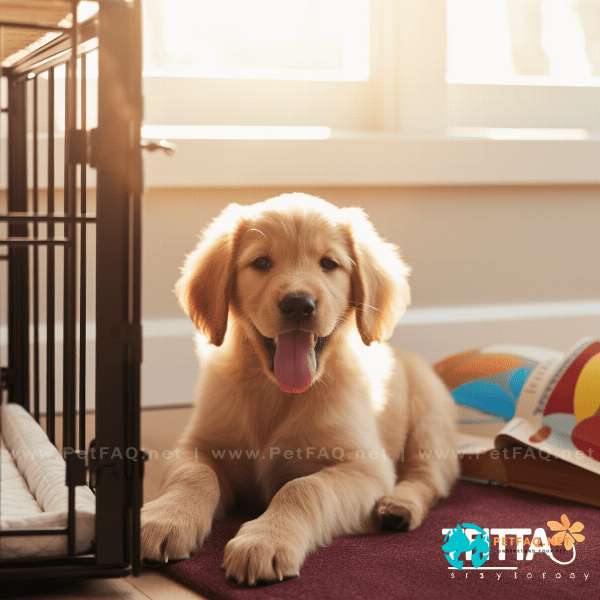Table of Contents
- Understanding the Importance of Puppy Obedience Training
- Choosing the Right Training Method for Your Puppy
- Basic Commands Every Puppy Should Learn
- Using Positive Reinforcement Techniques for Effective Training
- Tips for Consistency in Puppy Training
- The Role of Socialization in Puppy Obedience Training
- Common Puppy Training Mistakes to Avoid
- Dealing with Behavioral Issues During Training
- Advanced Training Techniques for Puppies
- Maintaining Good Behavior: Continuing Obedience Training Beyond Puppyhood.
Understanding the Importance of Puppy Obedience Training
Understanding the importance of Puppy Obedience Training is crucial for any new pet owner. Puppies are adorable, playful, and full of energy, but without proper training, they can become a real handful. Obedience training is not only about teaching your pup to sit, stay, and come when called, but it also sets the foundation for proper behavior, socialization, and respect for you as the owner.
By teaching your puppy basic commands, you establish a line of communication that will help you prevent unwanted behaviors such as biting, chewing, or jumping. Puppies are constantly learning, and if you don’t provide them with proper guidance, they will develop bad habits that can be difficult to break. Obedience training can help prevent these issues and make your pup a well-behaved and pleasant companion.
In addition to proper behavior, puppy obedience training is also essential for socialization. Early socialization can help your pup learn how to interact with other dogs, people, and different environments. This will not only prevent aggression and anxiety but also help your pup become a well-adjusted adult dog.
Overall, puppy obedience training is a critical part of being a responsible pet owner. By taking the time to train your pup, you will create a happy, healthy, and well-behaved companion that will bring joy and love to your life for years to come.
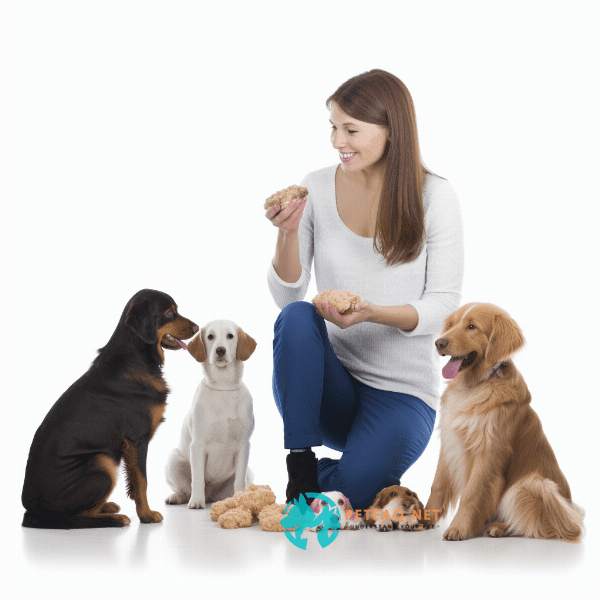
Choosing the Right Training Method for Your Puppy
Choosing the right training method for your puppy is an essential part of obedience training. Different puppies have different temperaments, personalities, and learning styles, which can affect their responsiveness to training. It’s important to understand the different training methods available and choose the one that best suits your pup’s needs.
Positive reinforcement training is the most common and effective method for puppy obedience training. This method involves rewarding your puppy with treats, praise, or playtime for good behavior, while ignoring or redirecting unwanted behavior. Positive reinforcement training has been proven to be more effective and humane than punishment-based training methods.
Another popular training method is clicker training, which uses a small clicker device to mark good behavior and reinforce positive associations. This method can be very effective for teaching puppies new commands, as the click sound provides a clear signal that the desired behavior has been achieved.
Lastly, some owners may choose to use a professional dog trainer or enroll their pup in obedience classes. These can be helpful options, especially for those who are new to Puppy Training or have particularly challenging puppies.
In conclusion, choosing the right training method for your puppy is crucial for successful obedience training. Positive reinforcement and clicker training are both effective methods that can be used at home, while professional trainers or obedience classes can also provide valuable guidance and support for pet owners.
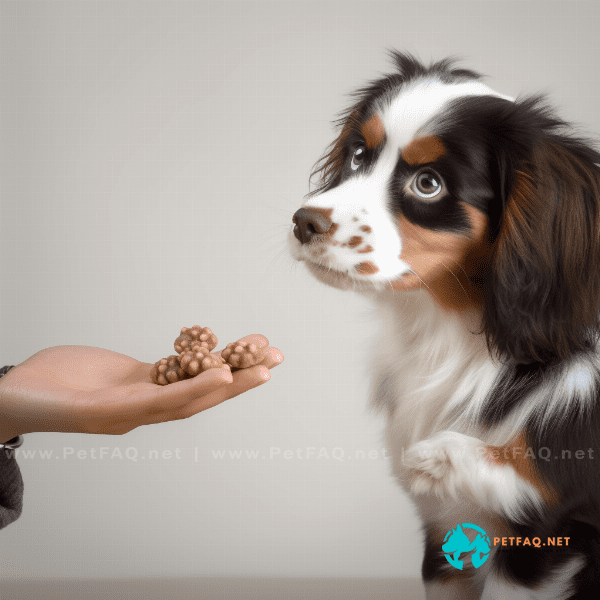
Basic Commands Every Puppy Should Learn
Teaching your puppy basic commands is an essential part of obedience training. Basic commands lay the foundation for more advanced training and help establish a line of communication between you and your puppy. Here are some basic commands that every puppy should learn:
1. Sit: This is one of the easiest commands to teach your puppy. Hold a treat above your pup’s head and say “sit” while gently pressing their rear end down. When your puppy sits, reward them with the treat.
2. Stay: Once your puppy has mastered the sit command, you can move on to teaching them to stay. Have your pup sit and then take a step back while holding up your hand and saying “stay.” Reward your puppy if they stay put.
3. Come: The come command is important for getting your puppy’s attention and bringing them back to you if they wander off. Say “come” in a friendly tone and reward your puppy when they come to you.
4. Leave it: This command teaches your puppy to ignore something they shouldn’t be playing with or eating. Say “leave it” and reward your puppy when they turn away from the object.
5. Down: This command is similar to sit, but your puppy lies down instead. Hold a treat in front of your pup’s nose and slowly lower it to the ground while saying “down.” Reward your puppy when they lie down.
By teaching your puppy these basic commands, you’ll set them up for success in more advanced obedience training. Remember to use positive reinforcement and consistency to ensure your pup learns and retains these important commands.
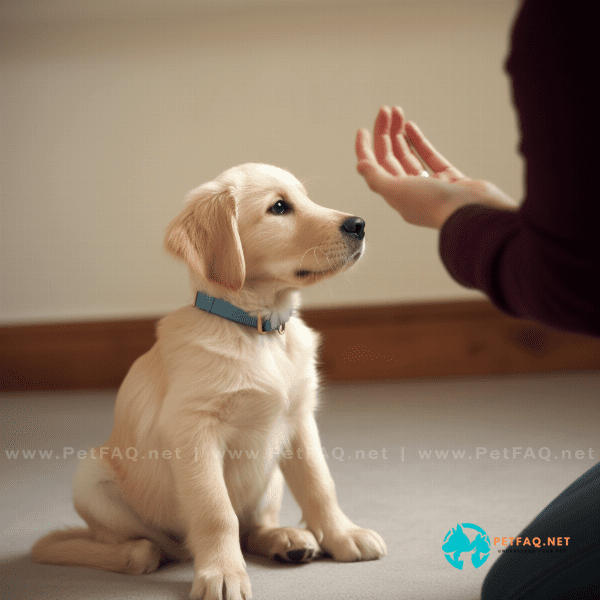
Using Positive Reinforcement Techniques for Effective Training
Using positive reinforcement techniques for puppy obedience training can be one of the most effective ways to train your pup. Positive reinforcement involves rewarding good behavior with treats, praise, or playtime, while ignoring or redirecting unwanted behavior. Here are some tips for using positive reinforcement techniques for effective training:
1. Be consistent: Consistency is key when using positive reinforcement training. Make sure to reward your puppy for good behavior every time and avoid rewarding unwanted behavior.
2. Timing is important: Timing is crucial when using positive reinforcement. Reward your puppy immediately after they perform the desired behavior to reinforce the association.
3. Use high-value rewards: Use rewards that your puppy finds valuable, such as their favorite treat or toy, to motivate them to perform the desired behavior.
5. Keep training sessions short and frequent: Puppies have short attention spans, so keep training sessions short and frequent to avoid overwhelming them.
Positive reinforcement training can be a fun and rewarding way to train your puppy. By using positive reinforcement techniques, you can establish a strong bond with your puppy and set them up for a lifetime of good behavior.
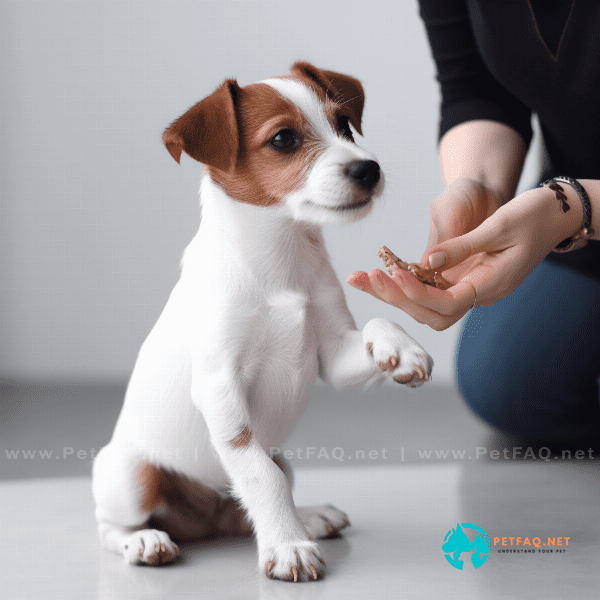
Tips for Consistency in Puppy Training
Consistency is crucial for successful puppy obedience training. Without consistency, your puppy may become confused and have a harder time learning and retaining the commands you’re trying to teach them. Here are some tips for maintaining consistency in puppy training:
1. Use the same commands: It’s important to use the same commands every time you’re teaching your puppy a new behavior. For example, if you’re teaching your puppy to sit, always use the same command word and hand signal to avoid confusing them.
2. Set a routine: Establish a consistent training routine that your puppy can anticipate. This can help your pup stay focused and engaged during training sessions.
3. Reward good behavior every time: Reward your puppy with treats, praise, or playtime every time they perform the desired behavior. This reinforces the positive association and encourages them to repeat the behavior.
4. Avoid mixed signals: Avoid sending mixed signals to your puppy by using consistent body language and vocal cues. Mixed signals can confuse your pup and make training more difficult.
5. Keep the rules consistent: Make sure all family members and anyone else who interacts with your puppy are on the same page when it comes to training. This ensures your puppy is getting consistent messages about what behavior is expected of them.
Consistency is key to successful puppy training. By being consistent in your training methods and expectations, you can help your puppy learn and retain the commands you’re teaching them.
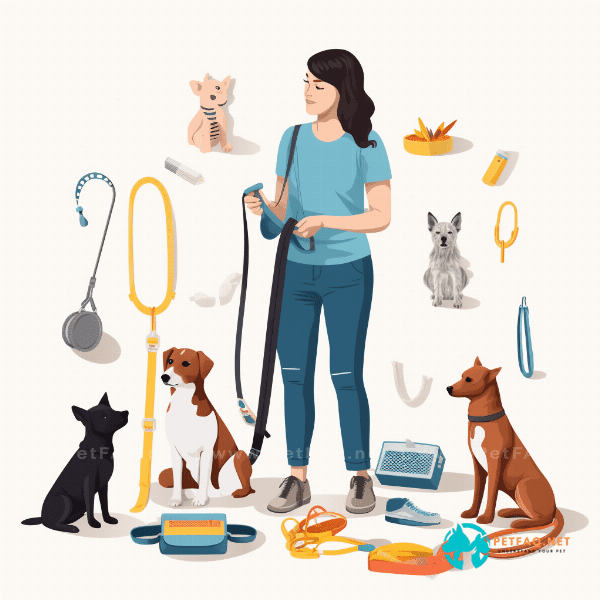
The Role of Socialization in Puppy Obedience Training
Socialization is an essential aspect of puppy obedience training. Socialization involves exposing your puppy to different people, animals, and environments to help them become well-adjusted and confident. Here’s why socialization is important for your puppy’s obedience training:
1. Builds confidence: Socialization can help build your puppy’s confidence and reduce anxiety in new situations. This can help them be more receptive to obedience training.
2. Reduces fear and aggression: Puppies that are not properly socialized may develop fear or aggression towards people, animals, or situations they are unfamiliar with. Socialization can help reduce the likelihood of these behaviors.
3. Improves communication: Socialization can improve communication between you and your puppy. By exposing them to new environments and situations, you can help them learn how to communicate and respond to your commands more effectively.
4. Encourages positive behavior: Socialization can help encourage positive behaviors in your puppy, such as good manners and appropriate social skills.
5. Helps with bonding: Socialization can be a great way to bond with your puppy. Exposing them to new experiences together can help build trust and strengthen your relationship.
Socialization should start early in your puppy’s life and continue throughout their first year. It’s important to introduce your puppy to a variety of people, animals, and environments in a positive and safe manner. By incorporating socialization into your puppy’s obedience training, you can set them up for a lifetime of good behavior and social skills.
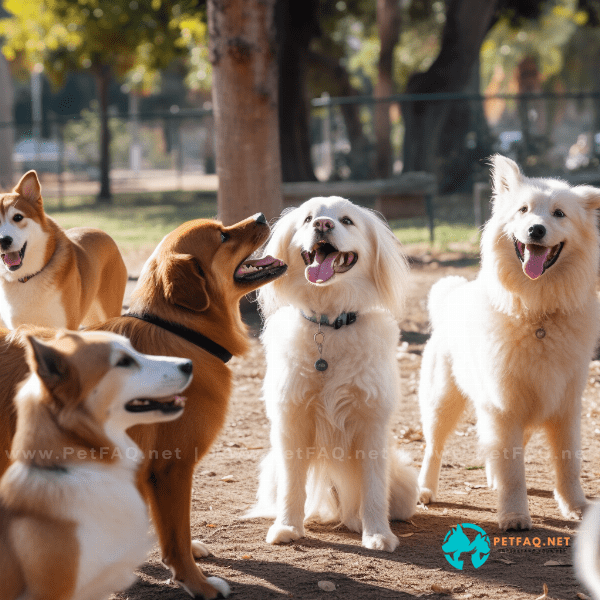
Common Puppy Training Mistakes to Avoid
Puppy training can be a challenging task, but it’s important to avoid common training mistakes to ensure your pup develops good habits and behaviors. Here are some common puppy training mistakes to avoid:
1. Inconsistency: Inconsistency in training methods and expectations can confuse your puppy and make it harder for them to learn.
2. Punishment-based training: Punishment-based training methods can be harmful to your puppy and damage your relationship with them. Instead, use positive reinforcement techniques to motivate and reward good behavior.
3. Skipping socialization: Socialization is a crucial aspect of puppy training that should not be skipped. Without proper socialization, your puppy may develop fear or aggression towards people, animals, or new environments.
4. Overfeeding treats: Overfeeding treats can lead to weight gain and may make your puppy less interested in working for them. Use treats sparingly and vary the rewards to keep your puppy engaged and motivated.
5. Over-training: Over-training can overwhelm your puppy and may lead to them becoming disinterested in training. Keep training sessions short and frequent to avoid overwhelming your pup.
6. Training in distracting environments: Training in highly distracting environments can make it harder for your puppy to focus and learn. Start training in a quiet and familiar environment and gradually increase the level of distraction over time.
Avoiding these common training mistakes can help you achieve successful obedience training for your puppy. By using consistent training methods and setting clear expectations, you can establish good behaviors and set your puppy up for a lifetime of good habits.
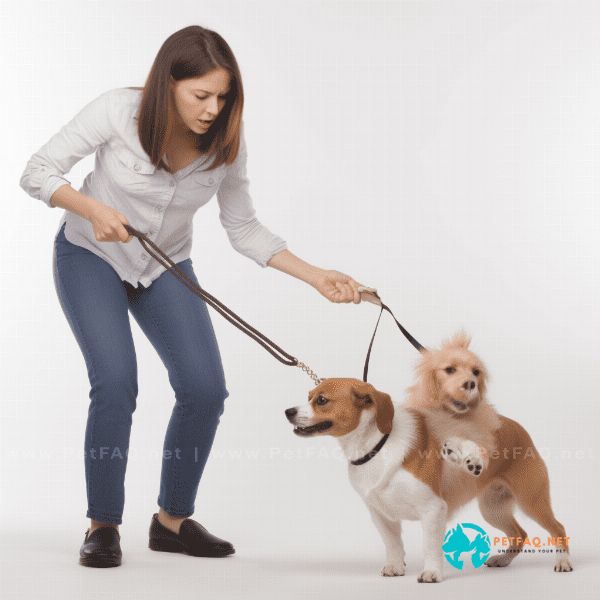
Dealing with Behavioral Issues During Training
Behavioral issues are common during puppy training, and it’s important to address them promptly to ensure successful obedience training. Here are some tips for dealing with behavioral issues during training:
1. Identify the root cause: Before addressing any behavioral issue, it’s important to identify the root cause. Some common causes include fear, anxiety, boredom, and lack of exercise. Once you understand the underlying cause, you can tailor your training approach to address it.
2. Stay patient: Training a puppy takes time and patience. If your puppy is struggling with a particular behavior, it’s important to remain calm and avoid getting frustrated. Losing your temper will only make it harder for your puppy to learn.
3. Be consistent: Consistency is key in puppy training, especially when dealing with behavioral issues. Use consistent commands and reward systems to ensure your puppy knows what is expected of them.
4. Use positive reinforcement: Positive reinforcement is a powerful training technique that can help address behavioral issues. Reward your puppy for good behavior and avoid punishment-based training methods.
By following these tips, you can address behavioral issues during puppy obedience training and set your puppy up for a lifetime of good behavior. Remember to stay patient, consistent, and use positive reinforcement to motivate and reward good behavior. With time and effort, you can successfully train your puppy to be a well-behaved and obedient companion.
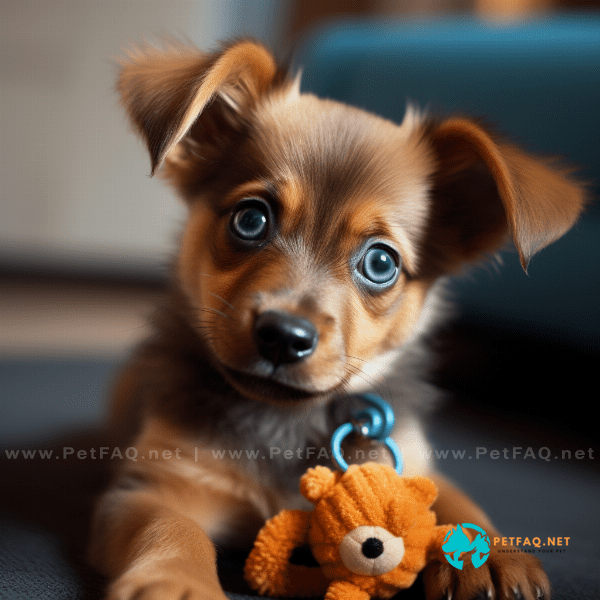
Advanced Training Techniques for Puppies
Once your puppy has mastered basic obedience training, you can start incorporating advanced training techniques to further develop their skills and abilities. Here are some advanced training techniques for puppies:
1. Agility training: Agility training is a fun and challenging way to improve your puppy’s physical and mental abilities. This type of training involves running an obstacle course, and it can help improve your puppy’s coordination, speed, and agility.
2. Scent training: Scent training involves teaching your puppy to track and locate different scents. This type of training can be useful for hunting, search and rescue, or simply as a fun game for your puppy.
3. Tricks training: Tricks training is a great way to keep your puppy mentally stimulated and to bond with them. Teach your puppy a range of tricks, such as “roll over,” “shake,” or “play dead.”
4. Obedience competition training: If you’re interested in taking your puppy’s obedience training to the next level, you may consider entering obedience competitions. These competitions test your puppy’s skills in obedience, heeling, and retrieving.
When incorporating advanced training techniques, it’s important to remember to go at your puppy’s pace and not push them too hard. Training should always be a positive experience for your puppy, and it’s important to use positive reinforcement techniques to motivate and reward good behavior. By incorporating these advanced training techniques, you can continue to challenge and develop your puppy’s skills, abilities, and intelligence.
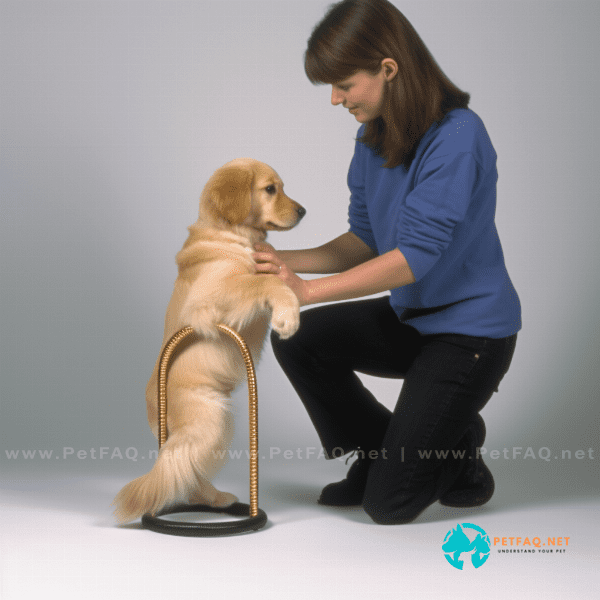
Maintaining Good Behavior: Continuing Obedience Training Beyond Puppyhood.
Obedience training isn’t just for puppies – it’s an ongoing process that should continue throughout your dog’s life. Continuing obedience training beyond puppyhood is essential to ensure that your dog maintains good behavior and remains a well-behaved and obedient companion. Here are some tips for maintaining good behavior and continuing obedience training throughout your dog’s life:
1. Practice regularly: Practice makes perfect, and regular training sessions can help reinforce good behavior and prevent bad habits from forming.
2. Set new challenges: As your dog becomes more skilled and experienced, set new challenges and goals to keep training interesting and engaging.
3. Use positive reinforcement: Positive reinforcement is a powerful motivator for dogs, and it’s important to continue using this technique to reward good behavior and motivate your dog to continue learning.
4. Keep training sessions short and fun: Long, boring training sessions can be counterproductive, and it’s important to keep training sessions short and fun to maintain your dog’s interest and engagement.
5. Seek professional help: If you’re struggling with maintaining good behavior or continuing obedience training, don’t be afraid to seek professional help. A professional dog trainer can provide valuable guidance and support to help you and your dog overcome any training challenges.
By continuing obedience training beyond puppyhood, you can maintain good behavior and strengthen your bond with your dog. Remember to practice regularly, set new challenges, use positive reinforcement, keep training sessions fun, and seek professional help when needed. With time, effort, and patience, you can ensure that your dog remains a well-behaved and obedient companion throughout their life.
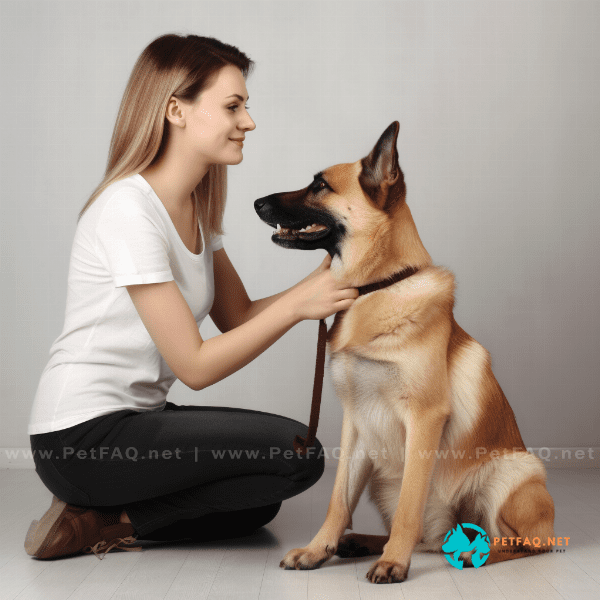
Frequently Asked Questions (FAQs) about Puppy obedience training:
1. What is positive reinforcement in puppy obedience training?2. How do you potty train a puppy as part of obedience training?
3. What are some common puppy obedience training methods?
4. How do you handle disobedient behavior during puppy obedience training?
5. Is it possible to train an older puppy?

